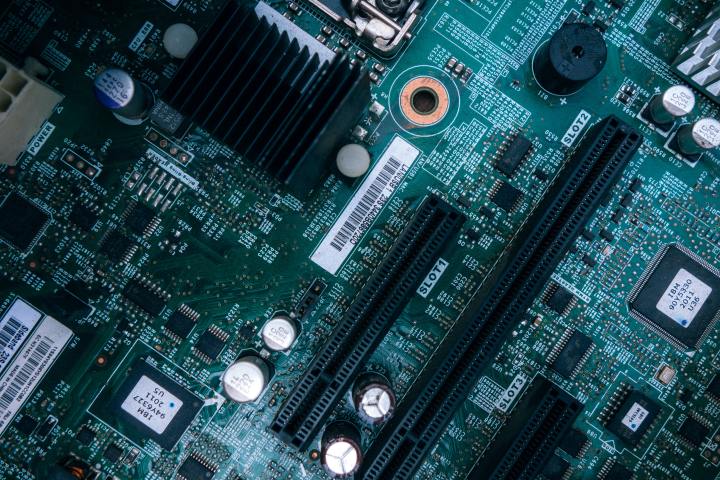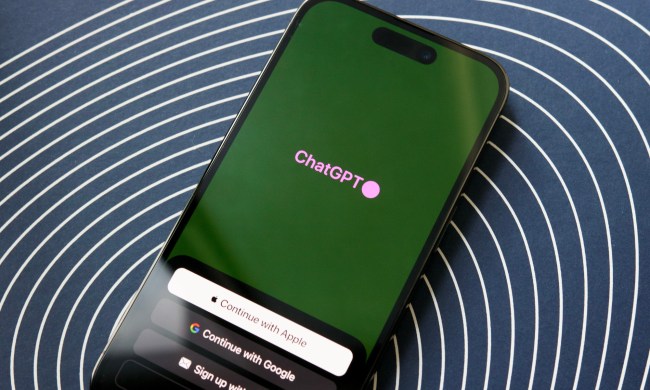The PCI Express standard, or PCIe, has been a staple for connecting PC peripherals and components to a desktop. If you buy new PC parts in 2021, they’ll likely support the current fourth generation. But with Intel’s upcoming launch of its Alder Lake processors later this year, we’ll already be moving to the fifth generation of the PCI Express interface known as PCIe 5, which should offer significantly faster data transfers.
Originally introduced with preliminary specifications in 2017, the PCIe 5 standard was formally ratified by the PCI Special Interest Group in 2019. The standard isn’t expected to arrive in PCs until late 2021, when Intel builds in PCIe Gen 5 support on its upcoming line of processors and new motherboards. With that in mind, what exactly is PCIe 5 and will it be a substantial upgrade from PCIe 4?
PCIe Gen 4 vs. PCIe Gen 5

The main difference between each PCIe generation is speed. PCIe 1 had a bandwidth of 8 GB/s and a 2.5 GT/s (gigatransfer per second) clocked at a frequency of 2.5GHz. On the current PCIe Gen 4 standard that’s employed on many modern processors from AMD and Intel, bandwidth can go up to 64 GB/s and there is a gigatransfer maximum of 16 GT/s with a frequency of 16GHz.
PCIe 5.0 is viewed as an extension of the PCIe Gen 4 standard. With PCIe 5, the bandwidth, gigatransfer, and frequency are all doubled from the prior generation, which means that data can be transferred at substantially faster speeds. Here, you’re looking at 32 gigatransfers per second, or 32 GT/s, a 128 GB/s bandwidth in an x16 configuration, and a frequency of 32GHz.
The primary difference between the gigatransfer (GT/s) and bandwidth (GB/s) measurement is that the former is a measure of raw speed, while the latter is the data transfer rate. Raw speed measures how many bits can be transferred each second, while the data transfer rate must also take into account encoding overhead.
As an example, a PCIe 5 x8 link means that you’re getting 32 GT/s raw speed, but only 31.5 GB/s of bandwidth.
If you’re looking to be among the first to adopt PCIe 5 for your next desktop build, you’ll have to wait till the second half of 2021, when Intel releases its Alder Lake family of processors, which will be available for mobile and desktop. So far, Intel is the only company to announce support for the new standard.
Alder Lake, according to recent leaks, will require a new socket and motherboard, and upgrading to this latest silicon will require gamers to get a new board to benefit from all the latest changes, including PCIe 5 support. A combination of architectural changes, a switch to 10nm SuperFin manufacturing, and PCIe 5 support, along with faster DDR5 memory, will allow Alder Lake to get a 2x performance uplift in multithread applications, according to the latest leak.
Because of the faster speeds, there is a greater chance for signal loss, so the standard builds in capabilities to better handle noise and signal loss than PCIe Gen 4 to preserve data integrity.
Do you need to upgrade?

The faster transfer speeds will be important for applications that include machine learning and artificial intelligence, data center uses, and high-performance computing environments. This will help A.I. applications process more data at faster speeds. Given that PCIe is the highway that connects the processor, graphics card, storage, and FPGAs and ASIC accelerators, the move to faster PCIe Gen 5 could make cryptocurrency mining even more lucrative.
In general, most home PC users and gamers will find the speeds and capabilities of PCIe 4 — and even the preceding PCIe 3 — specifications to be more than sufficient.
In our comparison of PCIe 4 versus PCIe 3, we found that even capable graphics cards — like the Nvidia GeForce RTX 2080 Ti — don’t make full use of the bandwidth available in a PCIe Gen 3 x16 slot yet. So, PCIe 5 will be overkill for most gamers. Like the benefits of moving from Gen 3 to Gen 4, PCIe Gen 5’s speed boost will be most beneficial for those who need faster access to NVMe storage drives and RAID configurations.
Hopefully, in the future, with the faster speeds, peripherals, like GPUs, that connect to a PCIe slot will require fewer lanes. Rather than requiring the x16 lanes from today’s PCIe 4 standard, we can reduce that requirement to just x8 on PCIe 5. With smaller lane requirements to achieve similar speeds, gamers can potentially build systems that are equally as powerful in a smaller, more compact tower.
What is PCIe?

PCIe is known as the peripheral component interconnect express that’s used to connect various components in your desktop PC. It’s one of the most important connectivity standard on a modern PC, as it allows various components to communicate with each other.
As an interface standard, PCIe helps you connect high-speed solid-state drives (SSDs), graphics cards, and wireless networking cards to your processor. On a desktop, you’ll connect various cards to the PCIe slot on your motherboard, and the number of PCIe slots available and type of slots will vary depending on the board you select.
You’ll often notice that PCIe slots and cards are designated with a numeric value that’s preceded by an x. The configurations include PCIe x1, x2, x4, x8, x16, and x32. These numbers indicate how many lanes are available — the higher the number, the faster data can travel. PCIe x1 means that there is only one lane, while PCIe x16 indicates that there are 16 available lanes.
Cards and slots can be mixed and matched despite the number of lanes indicated by each component, with data bandwidth determined by the slower part. For example, if you have a PCIe x4 slot on your motherboard, you can connect a PCIe x1 card. Here, your bandwidth is capped by the card’s single available lane, which is one bit per cycle. Conversely, if you insert a PCIe x8 card into the PCIe x4 slot, data will only travel at half the bandwidth compared to a card that was inserted into a PCIe x8 slot.
For gamers, the magical number is the PCIe x16, and most GPUs will require a PCIe x16 slot to fully take advantage of the card’s capabilities. In general, even though PCIe x32 exists, it is expensive and rare, and most PC components top out at x16.


